Book Review | ‘Blood Memory: The Tragic Decline and Improbable Resurrection of the American Buffalo’ by Dayton Duncan and Ken Burns
PBS Documentary Provides the Seeds for Story of the Buffalo
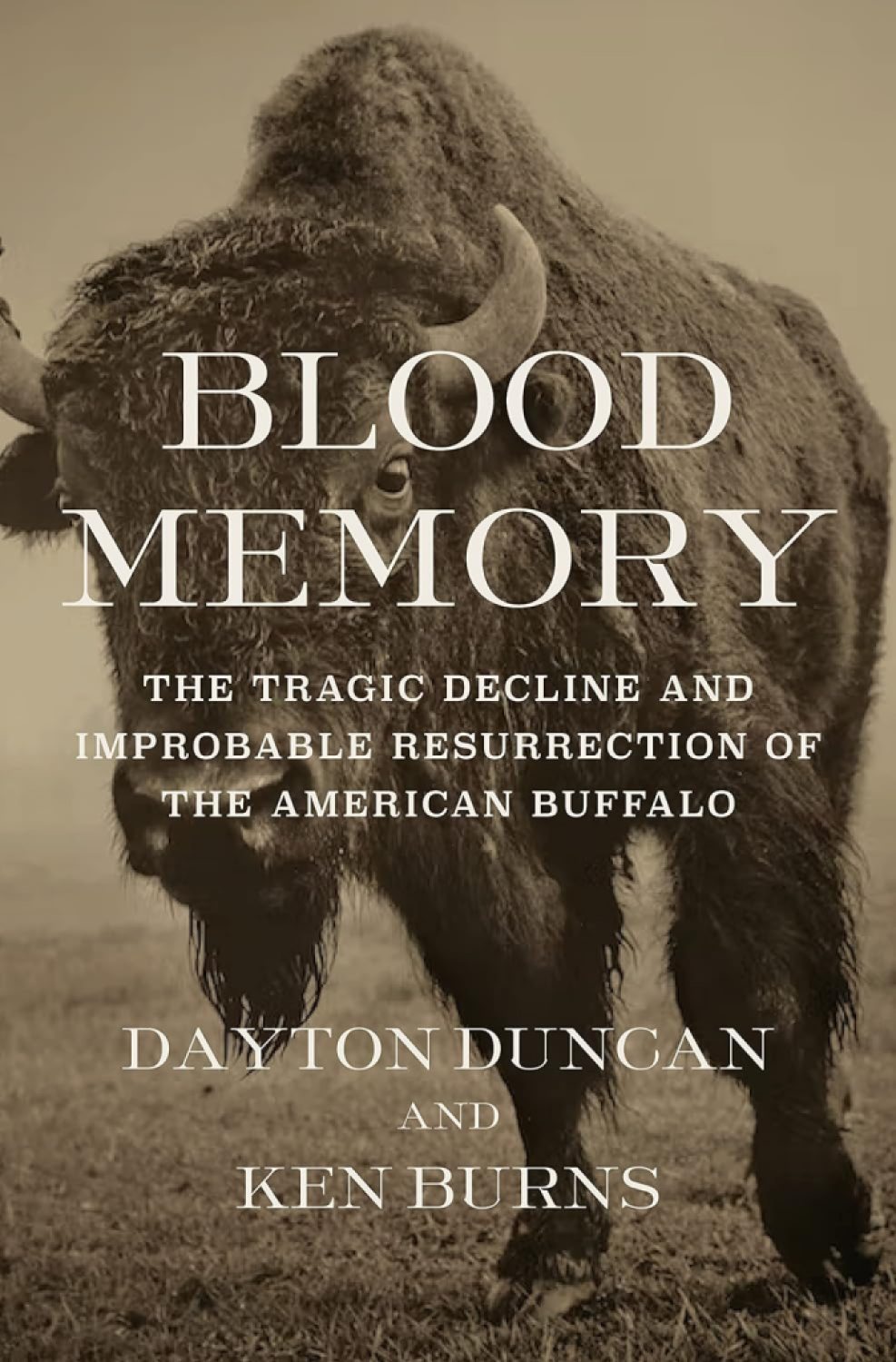
I’ve refrained from watching the new Ken Burns PBS documentary The American Buffalo to better assess its companion volume by Burns and Dayton Duncan, Blood Memory: The Tragic Decline and Improbable Resurrection of the American Buffalo. The subtitle succinctly sums up the book’s arc — it’s a story of natural harmony between native peoples and the bison, replaced by massive ignorance, greed, and cruelty on the part of white settlers, followed by the buffalo’s narrow escape from extinction.
Blood Memory begins with several chapters on the bison’s vital importance to the native peoples of the Great Plains, but not long after Lewis and Clark’s 1804-1806 expedition to the Pacific, white people from the east begin arriving in ever greater numbers. In the words of the Cheyenne prophet Sweet Medicine: “‘[These strangers] will be a people who do not get tired, but who will keep pushing forward, going, going all the time. They will keep coming, coming.’”
Armed with repeating rifles and Manifest Destiny, the newcomers, in the words of historian Sara Dant, rely on “‘faith and the Bible, which tells them to subdue the Earth and have dominion over every living thing.’” We know the results. The “iron horse” made transportation of settlers and goods across great distances far easier, and duplicitous treaties written by the invaders swindled native Americans out of hundreds of millions of acres of land. While for many years, “Native tribes … successfully resisted the relentless incursions onto their homelands,” settlers and the U.S. Army, as Sweet Medicine had predicted, kept “… coming, coming.”
The ensuing slaughter of the buffalo was inextricably connected with the decimation of native peoples, and Burns and Duncan don’t look away from the horror and hypocrisy of one of our greatest national tragedies. For the Kiowas and Cheyennes and Lakotas and Comanches and Quahadas and all the other tribes, it was torture, murder, starvation, and the ceaseless pursuit by the Army of “… any straggling bands who didn’t return to the reservation.” For the buffalo, “A species once numbering in the tens of millions had been reduced to fewer than a thousand — mostly small groups of a dozen or less, scattered in different corners across the West.”
Fortunately for the besieged buffalo, a handful of conservationists, along with those who thought they could make a buck by showing off bison to tourists, kept the remaining herds alive. Gradually, some of the herds grew larger, and, in a gesture fraught with irony, the species that had been hunted almost to annihilation, was taken up — along with the bald eagle, another animal nearly decimated by whites — as a symbol of American greatness.
It would be easy at this point to look at the tale of the American buffalo with pure dismay, but Burns and Duncan are keen to salvage something redeeming from the story. They quote writer and historian Wallace Stegner to the effect that we humans are “the only species which, when it chooses to do so, will go to great effort to save what it might destroy.” They point to the creation of Yellowstone National Park as another example of how the utter destruction of the West was halted just in time: “though it, too, required saviors in its early years, it launched a movement that eventually resulted in more than four hundred national park sites, covering more than 84 million acres.”
Not surprisingly for a book based on a television documentary, Blood Memory is lavishly illustrated. Every 50 pages or so, the text pauses for pages of paintings and etchings and reproductions and photographs. We see representations of buffalo reaching to the horizon, native people as both heroes and victims, white settlers as heroes and villains. The images of dead buffalo are, of course, heartbreaking, though there are also moments of optimism and even dark humor. In one cartoon, from 1874, the last buffalo is shown shedding his skin and saying to the hunter pursuing him: “Don’t shoot, my good fellow! Here, take my ‘robe,’ save your ammunition, and let me go in peace.”
Absent the documentary, Blood Memory would probably not exist, yet it’s a compelling book in its own right. That said, I won’t feel I’ve quite finished with this saga until I do some streaming on PBS.
This review originally appeared in the California Review of Books.
Premier Events
Sun, Apr 28
6:00 PM
Santa Barbara
AHA! Presents: Sing It Out!
Thu, May 02
5:00 PM
Santa Barbara
Things with Wings at Art & Soul
Sat, May 04
10:00 AM
Lompoc
RocketTown Comic Con 2024
Sun, Apr 28
11:00 AM
Santa Barbara
Santa Barbara Earth Day Festival 2024
Wed, May 01
7:30 PM
Santa Barbara
American Theatre Guild Presents “Come From Away”
Thu, May 02
5:00 PM
Santa Barbara
100th Birthday Tribute for James Galanos
Thu, May 02
5:00 PM
Santa Barbara
Meet the Creator of The Caregiver Oracle Deck
Fri, May 03
4:00 PM
Santa Barbara
Santa Barbara Fair+Expo “Double Thrill Double Fun”
Fri, May 03
8:00 PM
Santa barbara
Performance by Marca MP
Sat, May 04
10:00 AM
Solvang
Touch A Truck
Sat, May 04
11:00 AM
Santa Barbara
Mental Wellness Center’s 28th Annual Arts Faire
Sat, May 04
11:00 AM
Santa Barbara
Community History Day
Sat, May 04
3:00 PM
Solvang
The SYV Chorale Presents Disney Magic Concert
Sun, Apr 28 6:00 PM
Santa Barbara
AHA! Presents: Sing It Out!
Thu, May 02 5:00 PM
Santa Barbara
Things with Wings at Art & Soul
Sat, May 04 10:00 AM
Lompoc
RocketTown Comic Con 2024
Sun, Apr 28 11:00 AM
Santa Barbara
Santa Barbara Earth Day Festival 2024
Wed, May 01 7:30 PM
Santa Barbara
American Theatre Guild Presents “Come From Away”
Thu, May 02 5:00 PM
Santa Barbara
100th Birthday Tribute for James Galanos
Thu, May 02 5:00 PM
Santa Barbara
Meet the Creator of The Caregiver Oracle Deck
Fri, May 03 4:00 PM
Santa Barbara
Santa Barbara Fair+Expo “Double Thrill Double Fun”
Fri, May 03 8:00 PM
Santa barbara
Performance by Marca MP
Sat, May 04 10:00 AM
Solvang
Touch A Truck
Sat, May 04 11:00 AM
Santa Barbara
Mental Wellness Center’s 28th Annual Arts Faire
Sat, May 04 11:00 AM
Santa Barbara
Community History Day
Sat, May 04 3:00 PM
Solvang

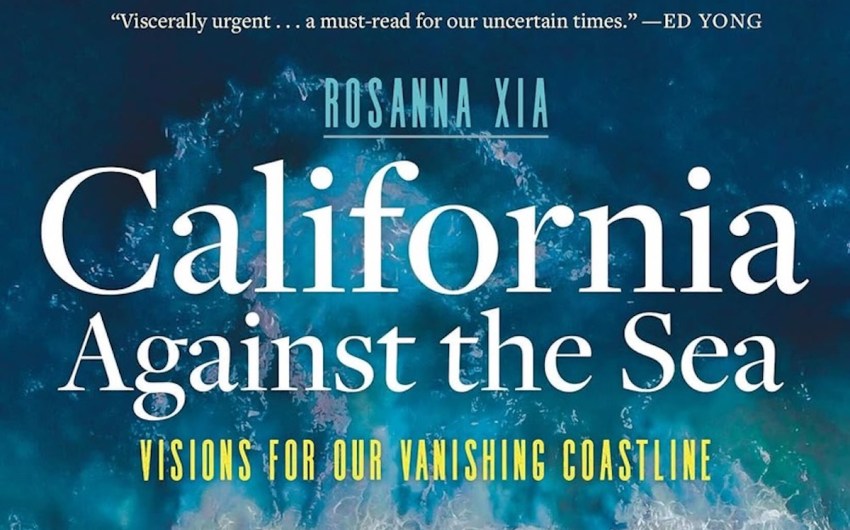

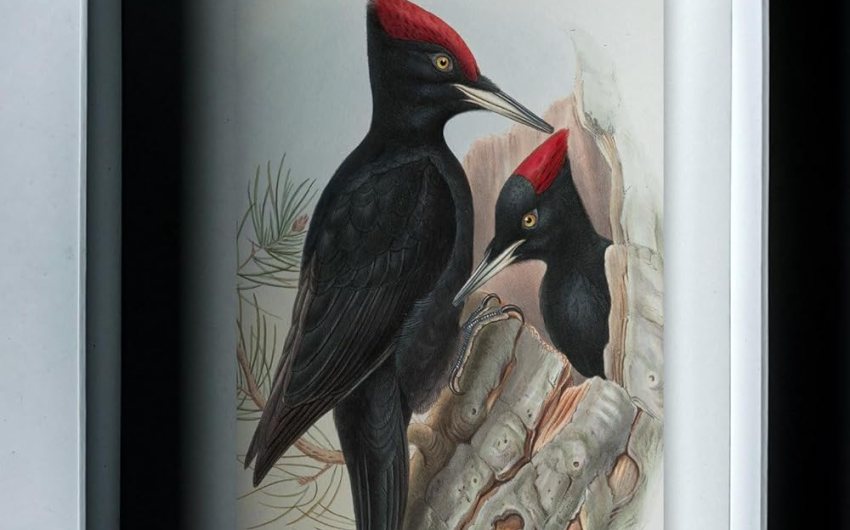


















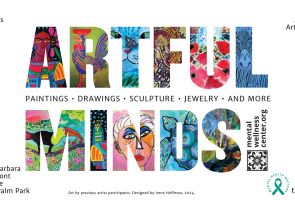
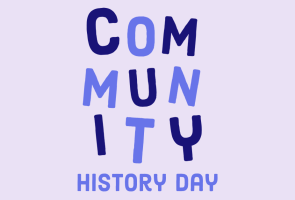

You must be logged in to post a comment.